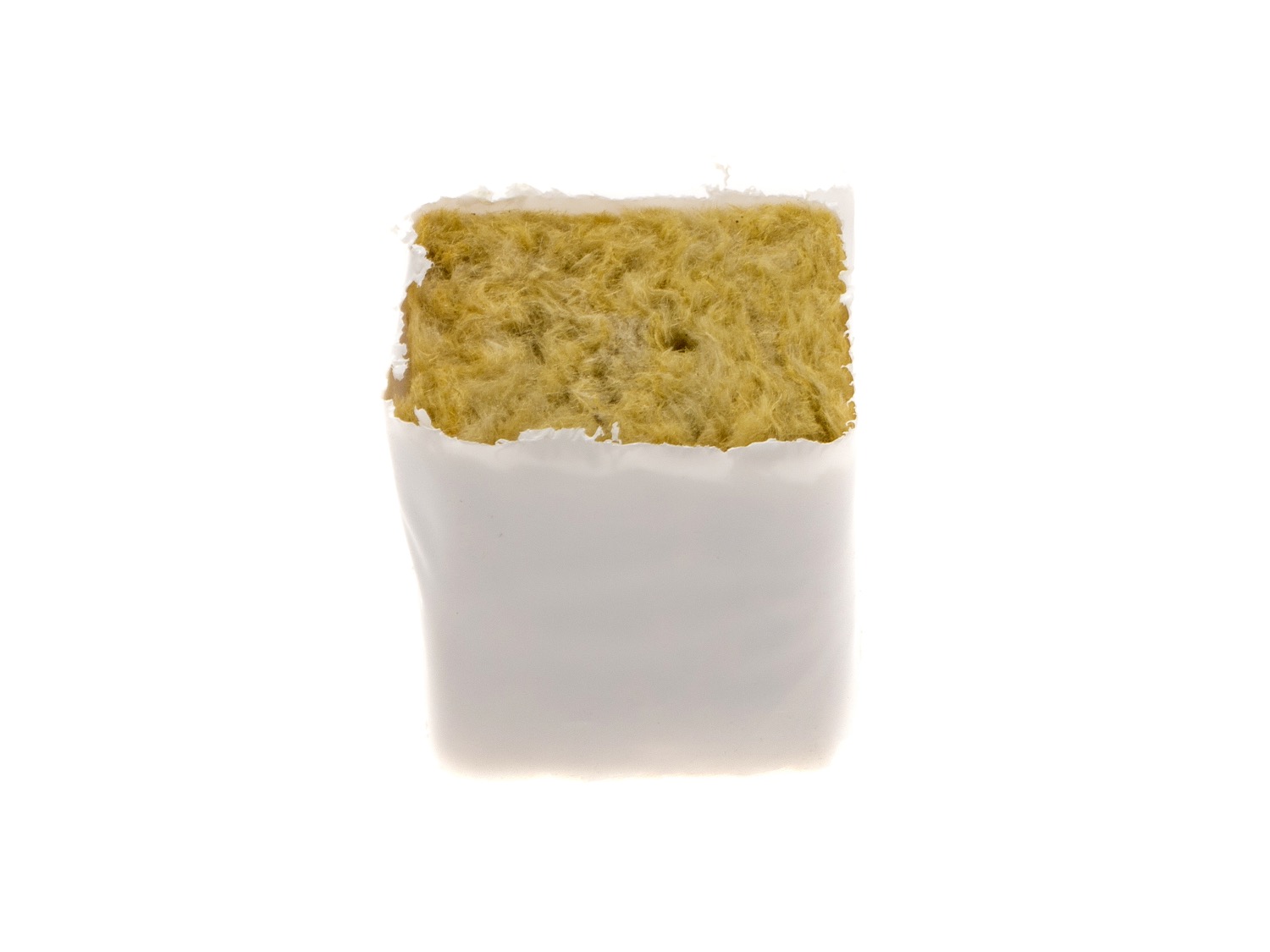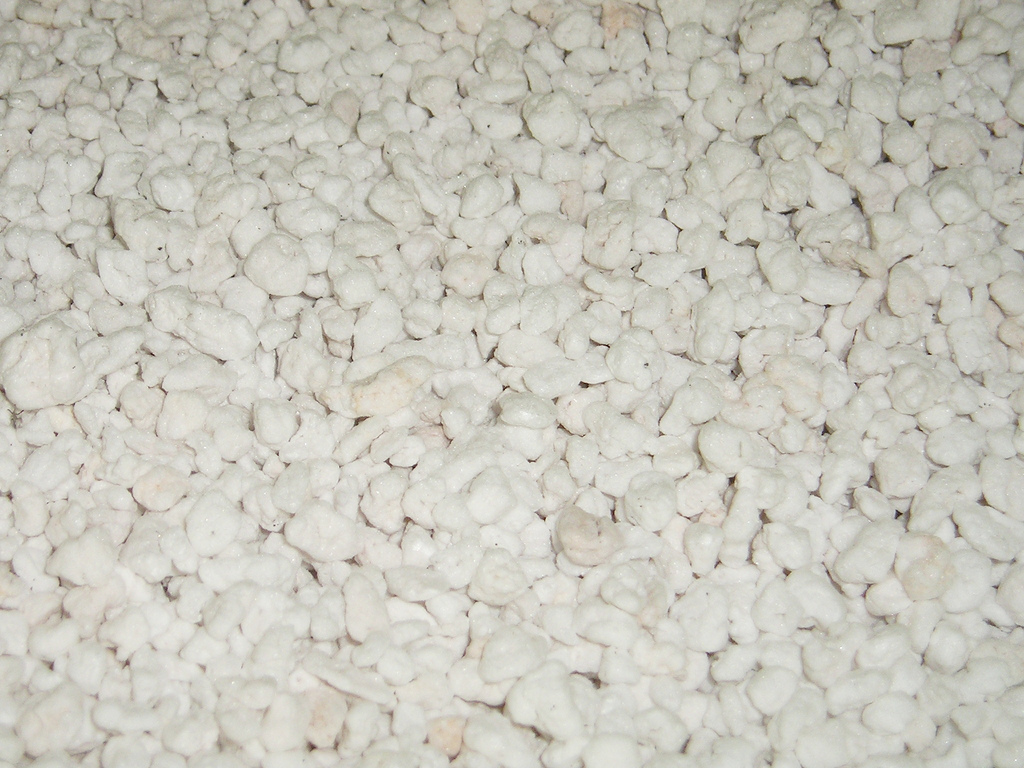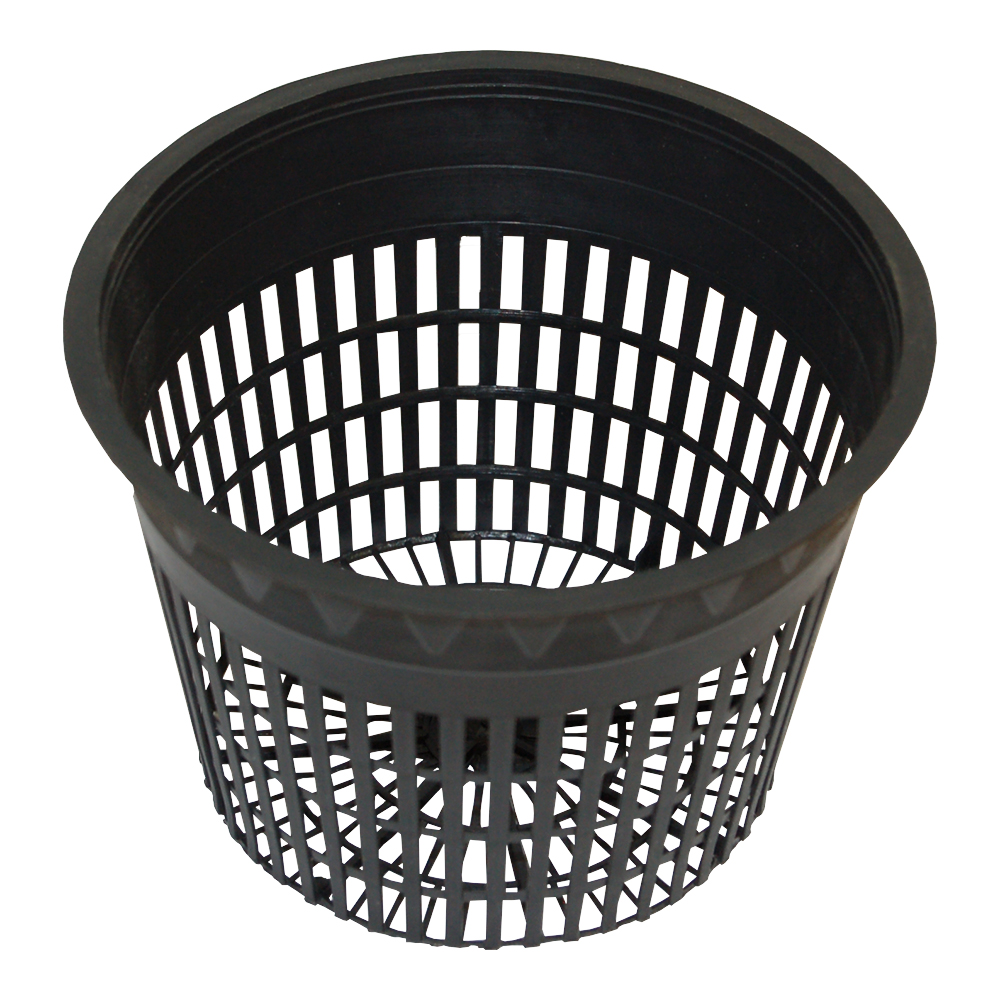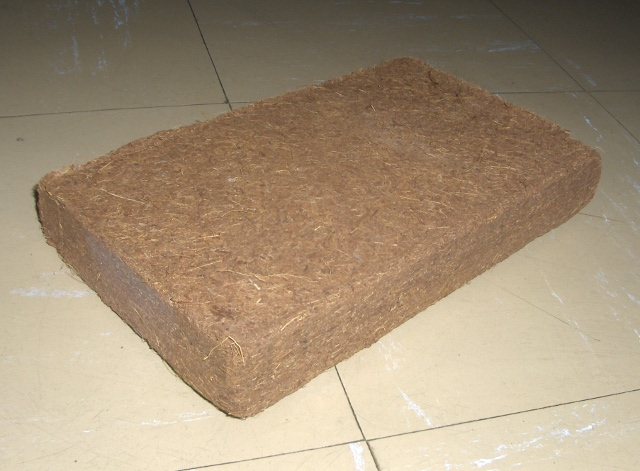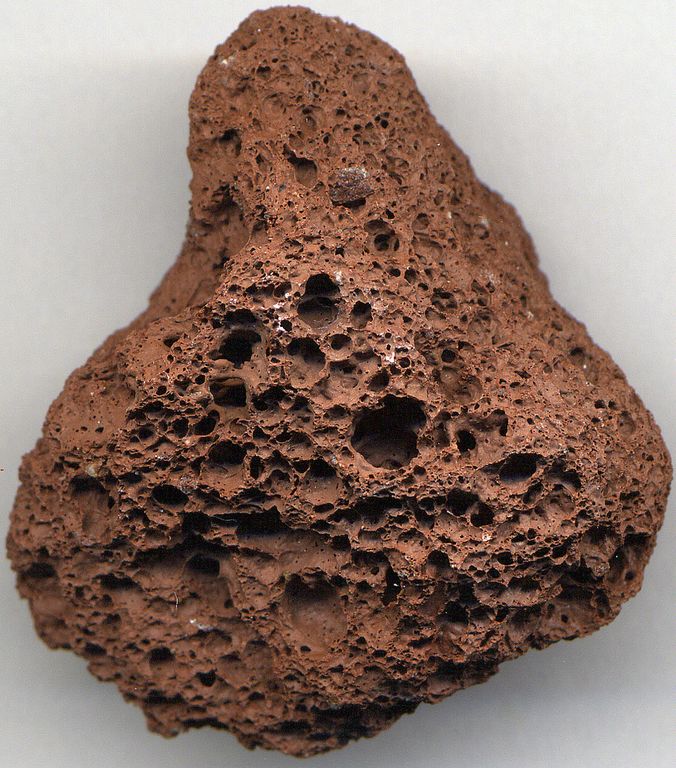Hydroponic cultivation of cannabis
List of contents
Hydroponics (from the greek ὕδωρ [hýdōr] = ‘water’, and πόνος [ponos] = ‘work’, ‘labour’) is a farming technique invented centuries ago, since researchers have found evidence that romans and aztecs already used it in their crops and botanical gardens. Probably, the aztecs were the first ones to use this method efficiently, and the study of this technique dates back to 382 B.C. But what is exactly hydroponics?
Hydroponics - also known as soil-less cultivation - is a farming method in which plants are grown in an inert substrate or directly in a nutrient solution. Thus, and with any of the two options, plants are fed via nutrient solution and not via growing medium. Next we'll take a look at the most common hydroponic systems and we'll see how to adapt this technique to marijuana plants.
We recommend using relatively short plants for this technique, since they normally have a very vigorous growth and tall plants may become a problem in indoor grow tents with this system. Philosopher Seeds recommends using the following strains to get the best results with hydroponic systems, even from seed: Black Bomb, Heaven's Fruit, Tropimango, Sugar Pop, Orange Candy and Guava Berry Kush.
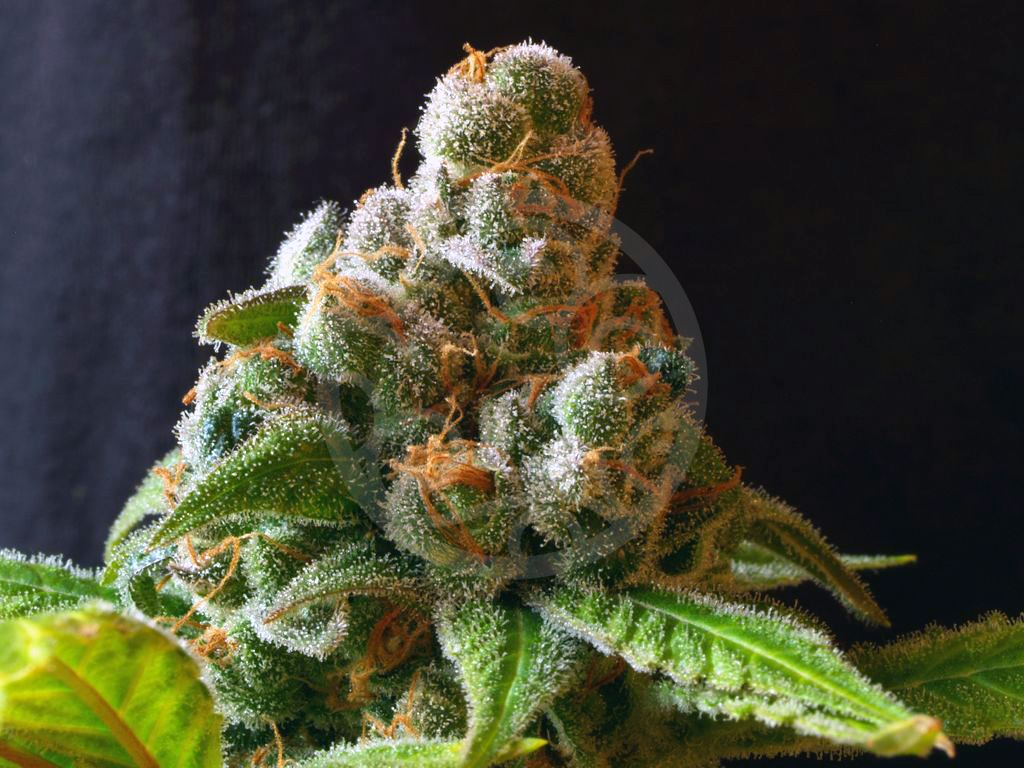
Hydroponic growing mediums
As we already mentioned, hydroponic substrates do not have nutrients for the plants but are completely inert. In this way, it is the grower who must feed the plants with a nutrient solution. Thus, the growing media is nothing but a substrate in which plants develop a root system that will absorb nutrients from the irrigation solution.
One of the main advantages of these systems is having complete control over the amount of nutrients provided to the plants, since it is the grower who must prepare a nutrient solution according to the growth stage of the plant. Normally, hydroponic mediums provide great oxygenation of the root system, which means healthier roots and better nutrient uptake (which also depends on pH and water temperature).
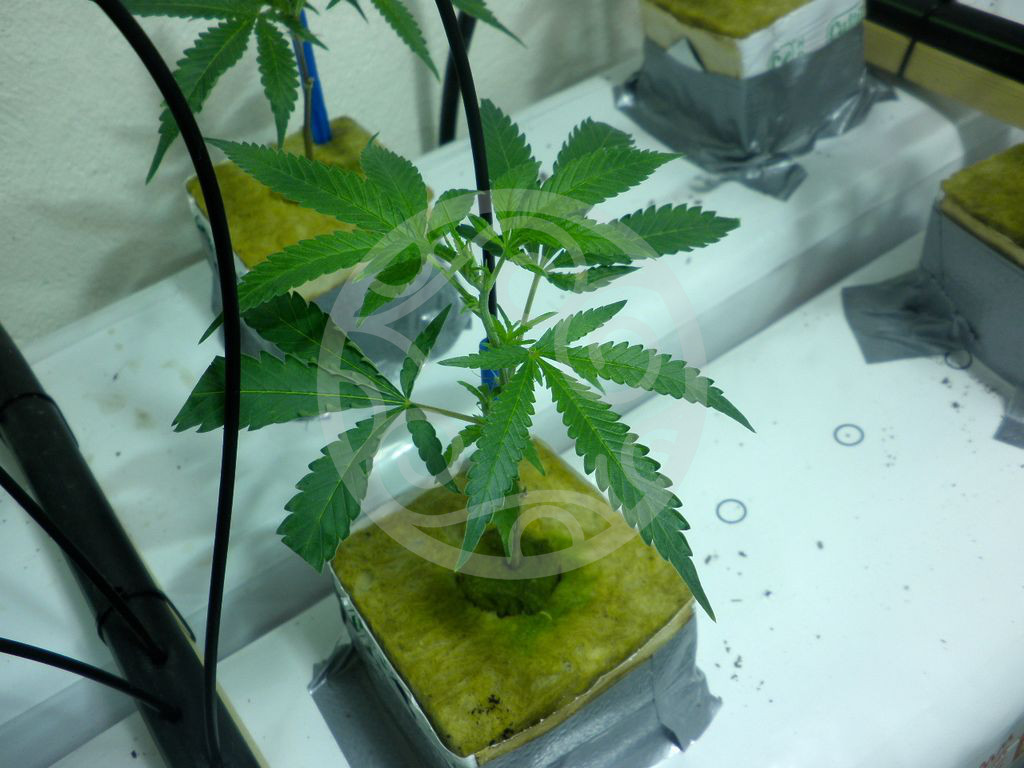
Traditionally, mediums like perlite, gravel, sand or volcanic rocks were used in hydroponic systems. Although all these mediums are still available today, plenty of new hydroponic substrates have appeared on the market during the last decades. Let's see now some of the most popular ones today:
- Clay pebbles are one of the most popular growing mediums among hydro growers. They provide excellent oxygenation for the roots, which grow amazingly if sufficient irrigations are provided. If we don't want to adjust the pH of our clay pebbles (which is a tedious and long task) it is always better to purchase clay pebbles washed and with adjusted pH, ready to use.
- Rockwool is also very popular both in hydroponics and in the building industry, since it is also an excellent insulating material. It was discovered at the beginning of the XX century in Hawaii thanks to the volcanic activity of the area, and has been manufactured from volcanic rocks since then. It is composed of wooden threads, which provide excellent oxygenation and water retention properties. Rockwool is one of the most used substrates in farming.
- Coco coir comes mainly from Asia and has become very popular during the last couple of decades. Its texture is similar to soil but is has better oxygenation and water retention capacities. It is also used to improve the properties of other growing mediums, and today plenty of potting soils contain some coco coir in their mix. We recommend you our post on growing cannabis with coco coir.
- Perlite is a mineral by-product. Minerals are subjected to high temperatures to expand them, just as happens with clay pebbles. It is also used to improve other substrates, although it can be used as growing medium for its excellent aireation and retention capacities.
- Mapito is a substrate especially used by Dutch growers. It is a mix of rockwool and coco coir flakes. It provides great oxygrnation and moisture retention, ideal for cannabis cultivation. It is used in a very similar way to rockwool.
Hydroponic growing systems
Hydro/aeroponic growing systems work great with almost any cannabis strain. Due to its features and needs, this plant is perfectly suited for this type of systems, growing vigorously and flowering spectacularly if optimal conditions are provided.
If we are decided to grow hydroponically we have two main options: purchasing a system or building our own. While it can be a challenge for any novice cannabis grower, anyone with basic knowledge on hydroponic systems can build his/her own system easily and without spending much money.
There are plenty of hydroponic systems on the market with small changes in design. These are some of the most frequently used:
- Passive systems, which are based on the capilarity of the medium around the roots, so there's no need to install water pumps to supply the nutrient solution. The growing media remains in contact with the nutrient solution, which is stored in a small reservoir.
- Flood and drain systems need a water pump to swamp the upper tray, where the plants are placed in a bed of clay pebbles. In this way, the root area is periodically flooded with nutrient solution, which is drained again to the nutrient solution tank until the next irrigation.
- Drip irrigation is one of the most popular systems used for the excellent results that it provides. A water pump carries the nutrient solution through a number of irrigation pipes and drippers from the reservoir to the plants. The irrigation schedule is set according to the needs of the plants at each stage.
- In DWC systems, roots hang from the netpot to the nutrient solution, which is stored at the bottom of the bucket and constantly oxygenated with an air pump. This pump generates hundreds of small tiny bubbles which moisten and feed the roots of the plants.
- NFT systems circulate the nutrient solution on a tray above which the plants are placed. In this way, the roots are in constant contact with the nutrient solution, which is constantly circulating from the reservoir and through the irrigation tray. A water pump is used so the circulation of nutrient solution is constant.
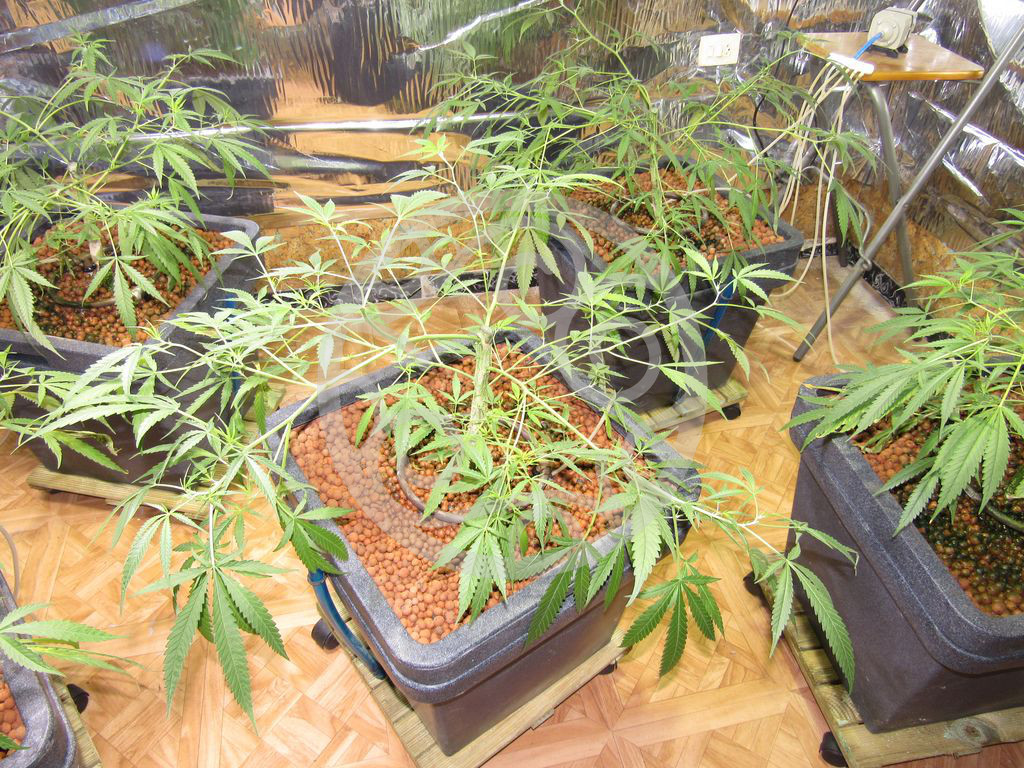
Many new systems have been developed lately from this ones for both professional and amateur farmers. Sometimes, these new systems combine some of the features of others, achieving spectacular results thanks to their hybrid design.
There is another technique in which absolutely no medium is used called Aeroponics. It has the same principle as hydroponic cultivation: feeding the plants with a nutrient solution. In aeroponic systems the roots hang in a dark container in which they are provided with the necessary nutrients to develop. From this point, several aeroponic systems with small changes have been designed, such as the aforementioned NFT (Nutrient film technique) or DWC (Deep water culture) systems.
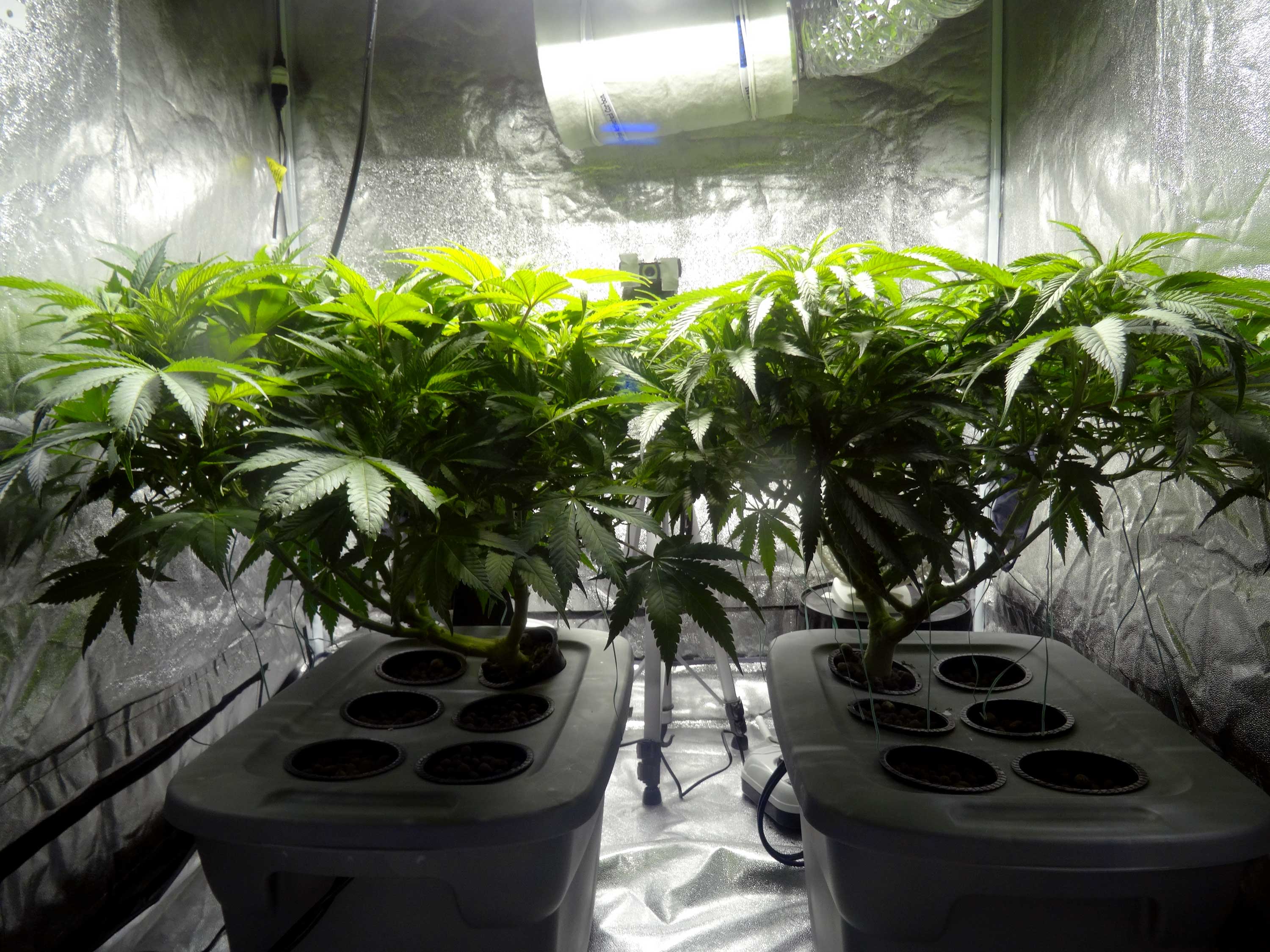
Hydroponic cultivation of marijuana plants
Growing cannabis in hydroponic systems is relatively easy. These are some of the basic concepts that you should keep in mind:
- Nutrients are provided through the irrigation water, so liquid nutrients specifically formulated for these systems are required (you can also use water-soluble solid nutrients). Remember that watering an inert substrate with water (without fertilizer) will keep your plants alive (they won't die from lack of water) but not fed (you need to add nutrients to the water so plants can have the necessary elements to develop).
- The nutrient solution must contain asmuch oxygen as possible, so it must be between 19 and 22ºC. If you're have a reservoir, using an air pump to oxygenate the nutrient solution works great. The pH value of the nutrient solution must range between pH 5,5 (growth) and pH 6 (bloom). The approximate EC (amount of nutrients dissolved in the water) should be between 1-1,2 (growth) and 1,4-1,8 (bloom).
- If you have a reservoir, this must be emptied and washed every two weeks approximately. To obtain best results, use an air pump to oxygenate the nutrient solution, a water heater to keep it at optimal temperatures (around 20ºC) and of course a water pump to carry the nutrient solution to your plants. Finally, a water thermometer allows you to check the temperature of the solution at all times.
- Irrigation frequency mainly depends on the stage of the plants. The experienced grower won't have much trouble when setting the irrigation schedule, but the novice grower must check carefully the needs of the plants to aviod problems. Once the grower is familiar with the properties of the chosen media, setting the irrigation frequency in relation with the plants needs is easy.
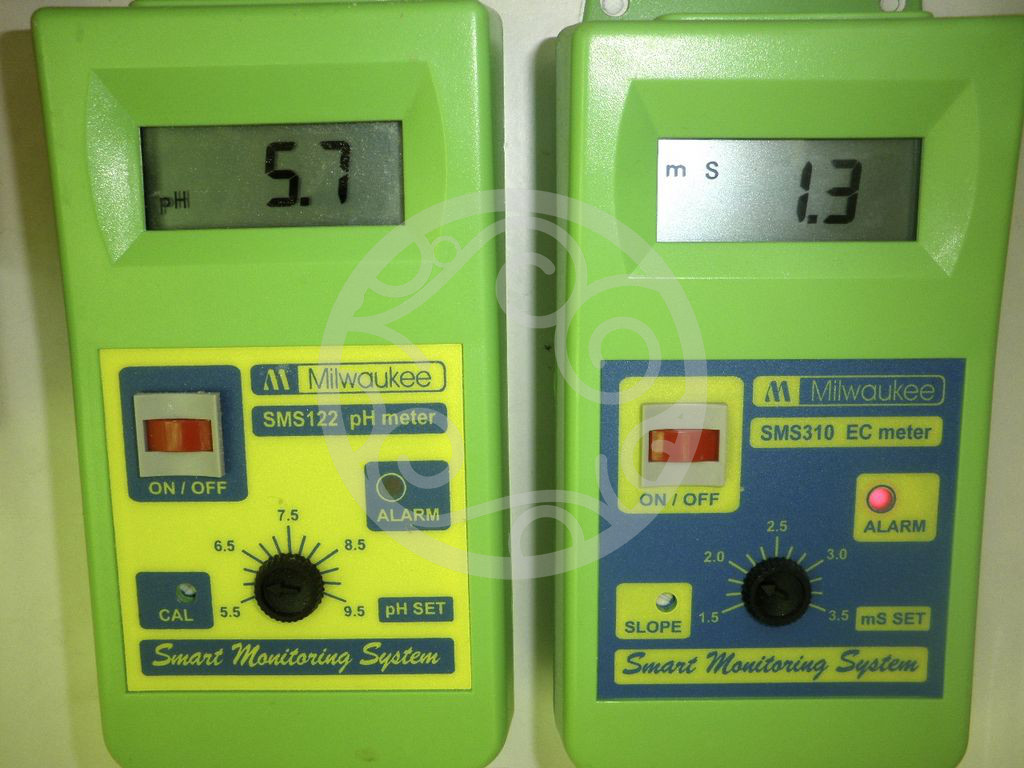
Thus, this is the most commonly used equipment for hydroponic systems:
- An inert substrate
- A nutrient solution reservoir, pipes and drippers
- Hydroponic nutrients
- pH and EC meters and water thermometer
- Air pump to oxygenate the nutrient solution
- Water pump to carry the nutrient solution
- Water heater to keep the nutrient solution at 20ºC
Hydroponic farming is much easier than it may seem, and results are spectacular. Philosopher Seeds want to encourage you to try some of these systems, you won't regret it!
If you have further doubts or comments, please leave them here and we'll reply them as soon as we can!
Best vibes!
